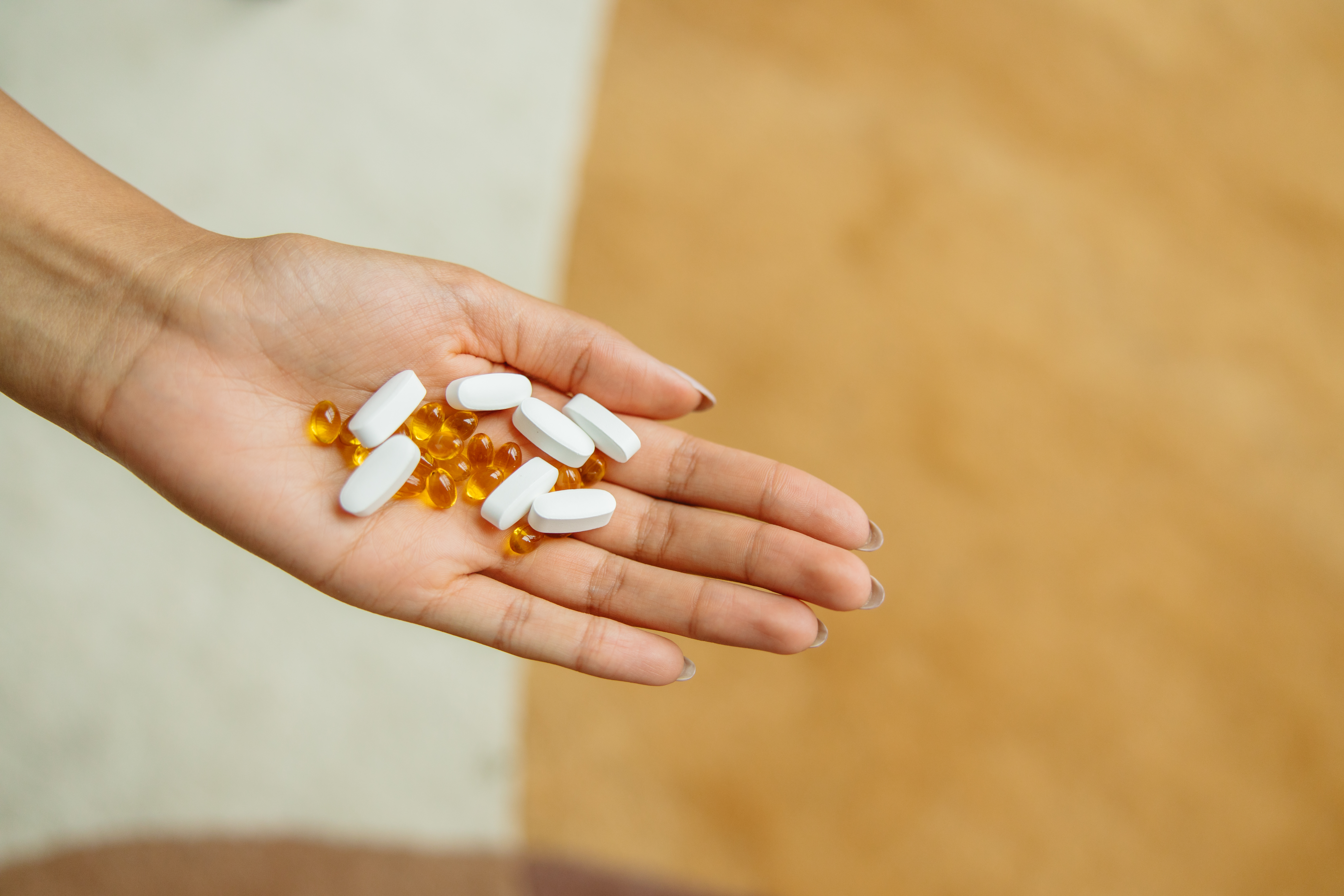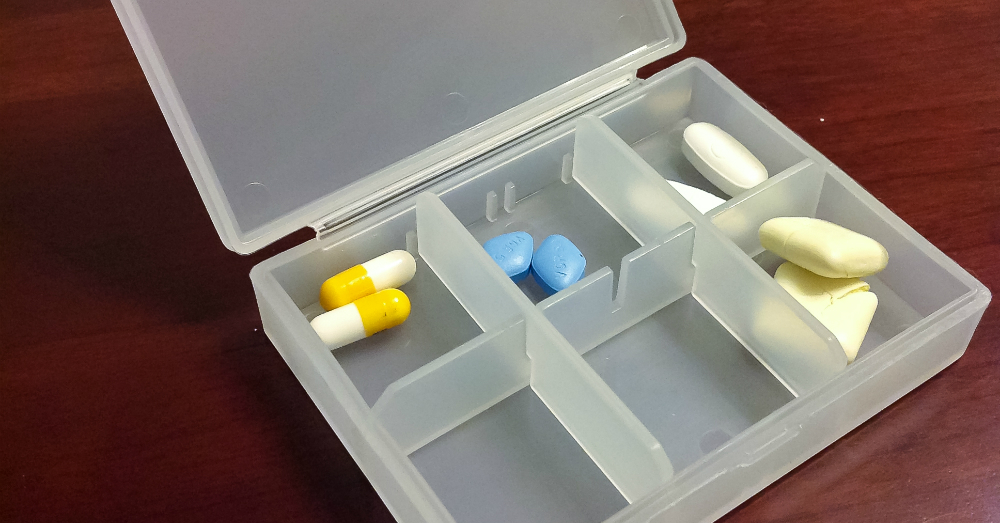Cephagraine
- I. Introduction
- II. Composition of Cephagraine
- III. Uses of Cephagraine
- IV. Mechanism of Action: How Cephagraine Works
- V. Dosage and Administration of Cephagraine
- VI. Administration to Special Populations
- VII. Off-Label Use of Cephagraine
- VIII. Side Effects of Cephagraine
- IX. Important Precautions When Using Cephagraine
- X. Warnings and Cautions for Cephagraine Users
- XI. Overdosage of Cephagraine
- XII. Storage and Handling of Cephagraine
- XIII. Summary and Key Takeaways
I. Introduction
Understanding Cephagraine provides clinicians with a strategic advantage in therapeutic interventions. This article aims to explain the details of this medication, helping healthcare professionals navigate the numerous complexities involved in its administration. Outlining guidelines for medicine is not about following rules; it forms the foundation of patient-focused care, which is why it is emphasized in this article with purpose and importance.
II. Composition of Cephagraine
The tablet contains Pippali mool (Piper longum), Arka Phool (Calotropis gigantean), Shuddha Godanti (Gypsum), Nishottar (Ipomoea turpethum), Sitopaladi churna, Tribhuvan Kirti Rasa, Ajmoda (Carum copticum), Sajjikhar (Sodium carbonate), extracts derived from Bhringaraj (Eclipta alba), Dhattur (Datura metel), Saptaparna (Alstonia scholaris), Shunthi (Zingiber officinale), Sudarshan (Crinum asiaticum), and Tulsi (Ocimum sanctum) 13.
III. Uses of Cephagraine
Cephagraine is a proprietary Ayurvedic medicine manufactured by Charak Pharmaceuticals. It is used to treat sinusitis and migraine 1. Cephagraine reduces inflammation, thins the mucus, and gives relief in congestion, and sinusitis. It helps to reduce frequency, severity, and duration of migraine 21. Cephagraine provides analgesic, and anti-inflammatory action, and thus relieves headache, and migraine-associated sensory aura such as headache, nausea, vomiting, and tinnitus 21. Cephagraine constricts the dilated blood vessels in the nose, head, and brain to reduce the migraine attack 21. Cephagraine contains spices which are well-known for improving appetite, and digestion. It supports better digestion, and reduces gas formation. It has antacid action due to few cooling herbal formulations 2.
References: 2: Bimbima 1: AyurMedInfo
IV. Mechanism of Action: How Cephagraine Works
Understanding how Cephagraine works is like deciphering how the body responds to medicine. By understanding its mechanism of action, we can see how it aligns with our physiological systems. In this section, we will explore how Cephagraine affects parts of the body and how it integrates with them.
V. Dosage and Administration of Cephagraine
Administering Cephagraine skillfully requires understanding its dosage guidelines and how it can be delivered. These dosage recommendations are based on clinical data and real-world evidence to ensure the best therapeutic outcomes. The method of administration plays a role in determining the drug's effectiveness and how patients experience it. Additionally, dosage adjustments are available for different populations, reflecting the personalized approach of medicine tailored to demographic variations.

VI. Administration to Special Populations
When administering Cephagraine to populations, it is essential to exercise caution and expertise. For patients: Dosage adjustments: Due to age-related changes in the body, it is necessary to approach dosage for the elderly with care. Monitoring and safety: Keeping a close watch on their condition can help prevent adverse effects and ensure their well-being. For women and nursing mothers, Risk assessment: It is crucial to carefully evaluate the risks versus benefits when considering Cephagraine for these patients. Exploring alternative treatments: In cases, consulting with obstetricians and pharmacologists can guide the decision-making process. Age-appropriate dosages: Determining the dosage for children requires an understanding of their developing bodies' pharmacokinetics. Ensuring safety and efficacy: The field of pediatric medicine demands a thorough evaluation of a drug's safety profile.
VII. Off-Label Use of Cephagraine
Venturing into the territory of off-label use in the case of Cephagraine is a captivating subject for clinical professionals who are dedicated to conducting thorough investigations. To explore approved indications, we must rely on clinical judgment and evidence-based practices as our guiding compass. Experiences and rigorous empirical research shape the discourse surrounding off-label applications.
VIII. Side Effects of Cephagraine
Cephagraine can cause a range of side effects, some mild and others more severe, each requiring its own management approach. Common side effects are usually temporary. Occur as the body adjusts to the medication. However, there are also severe adverse reactions that require immediate medical attention and intervention. It is essential to have a strategy to manage these side effects to ensure a compliant treatment process.
IX. Important Precautions When Using Cephagraine
Using Cephagraine appropriately requires following a set of precautions to prevent any adverse effects and ensure optimal effectiveness in treatment.
A. Contraindications
There are situations in the medical field where it is not recommended to use Cephagraine. People who have known allergies to any of its components, individuals with liver or kidney problems, or those experiencing heart rhythm issues are advised against using it.
B. Potential Drug Interactions
Drug interactions can cause a range of effects, some harmless and others dangerous. It's essential for healthcare providers to carefully monitor patients who are taking Cephagraine along with medications to watch for any adverse reactions and make necessary changes, to their treatment plans.
C. Careful Administration Guidelines
When administering Cephagraine, it is crucial to exercise caution and carefully consider the dosage patients' history and any other medications they may be taking. This is done to prevent any complications from arising.
X. Warnings and Cautions for Cephagraine Users
Patients prescribed Cephagraine should be informed about conditions that may affect the safety of the medication. It's essential to be aware of these factors in order to ensure the possible outcomes.
A. Health Conditions of Concern
Individuals who tend to develop ulcers, individuals who are currently dealing with cardiovascular conditions, or those who have a weakened immune system should seek advice from a healthcare professional before starting treatment with Cephagraine.
B. Environmental and Dietary Considerations
The environment in which a person takes medication can impact how it is absorbed and its effectiveness. Patients should stay hydrated, avoid prolonged exposure to sunlight, and steer clear of foods potentially interfering with the medication's intended effects.
XI. Overdosage of Cephagraine
If someone takes much of a substance, it is essential to identify and address the symptoms they may experience quickly. Acting promptly is crucial in situations.
A. Signs and Symptoms
Excessive consumption of Cephagraine can lead to a worsening of its side effects, such as feeling nauseous, experiencing dizziness, and various neurological symptoms.
B. Immediate Actions and Antidote
If an overdose happens, it is crucial to seek medical help. Providing care and administering a suitable antidote, if accessible, can potentially save lives.
XII. Storage and Handling of Cephagraine
To ensure the quality of Cephagraine, it is essential to store and handle it under conditions with great care.

A. Recommended Storage Conditions
Cephagraine should be stored in a dry location protected from fluctuations in temperature and humidity and kept out of the reach of children.
B. Handling Precautions for Safety
Properly managing Cephagraine, whether patients or healthcare professionals do it, necessitates adherence to safety measures to avoid any deterioration of the medication or unintended exposure.
XIII. Summary and Key Takeaways
To successfully manage conditions that can be treated with Cephagraine, it is crucial to understand how to use it properly and the importance of following safety guidelines diligently.
A. Recapitulation of Cephagraine Usage
This comprehensive compilation summarizes the uses, dosage, and precautions associated with Cephagraine, highlighting its significance in real-world medical settings.
B. Emphasizing Patient Safety and Awareness
Ensuring safety is the critical focus in pharmaceutical care. It requires not only healthcare professionals to be vigilant but also active involvement and informed participation from the patient. This collaborative approach is crucial for achieving therapeutic outcomes.






